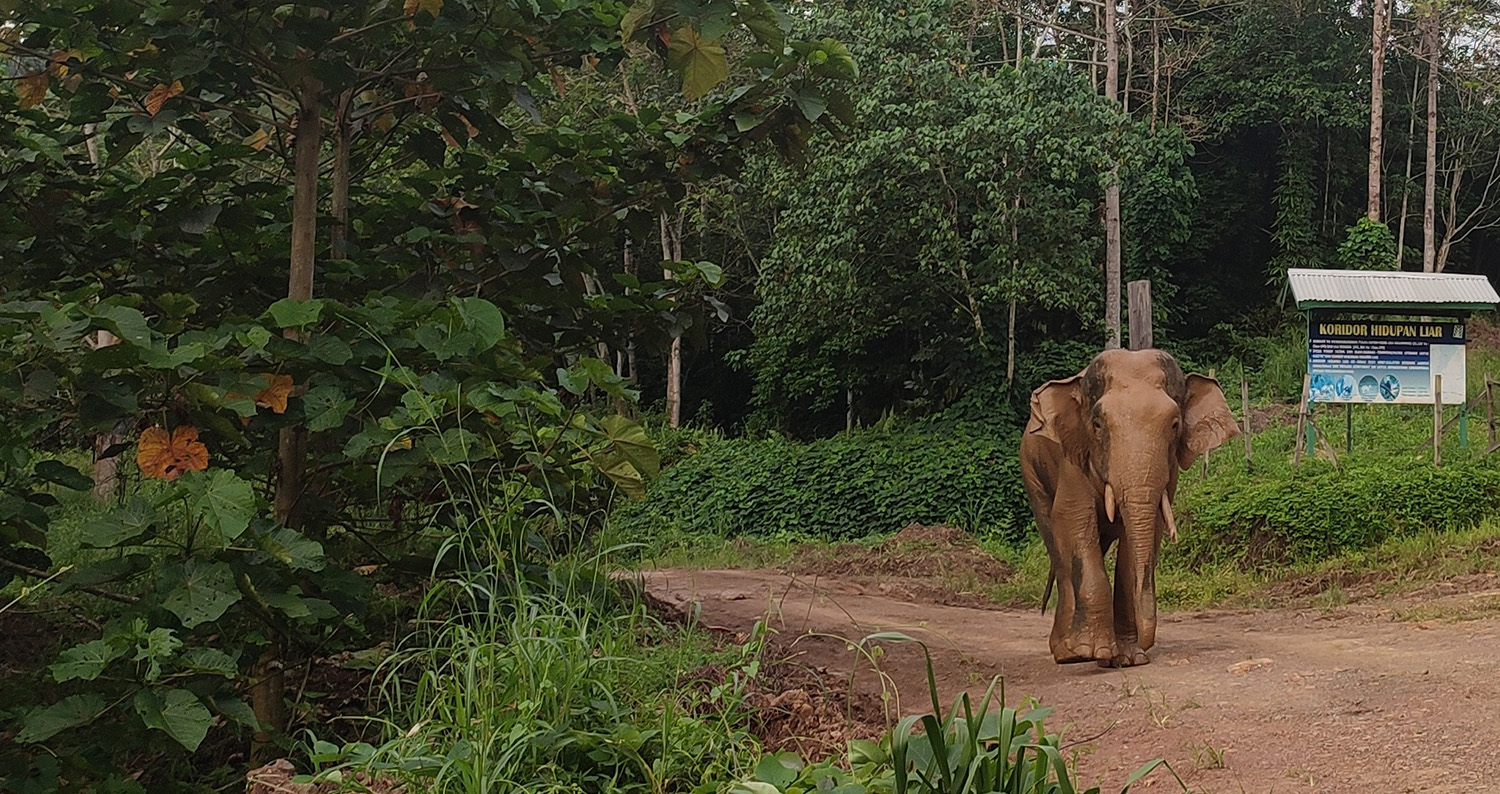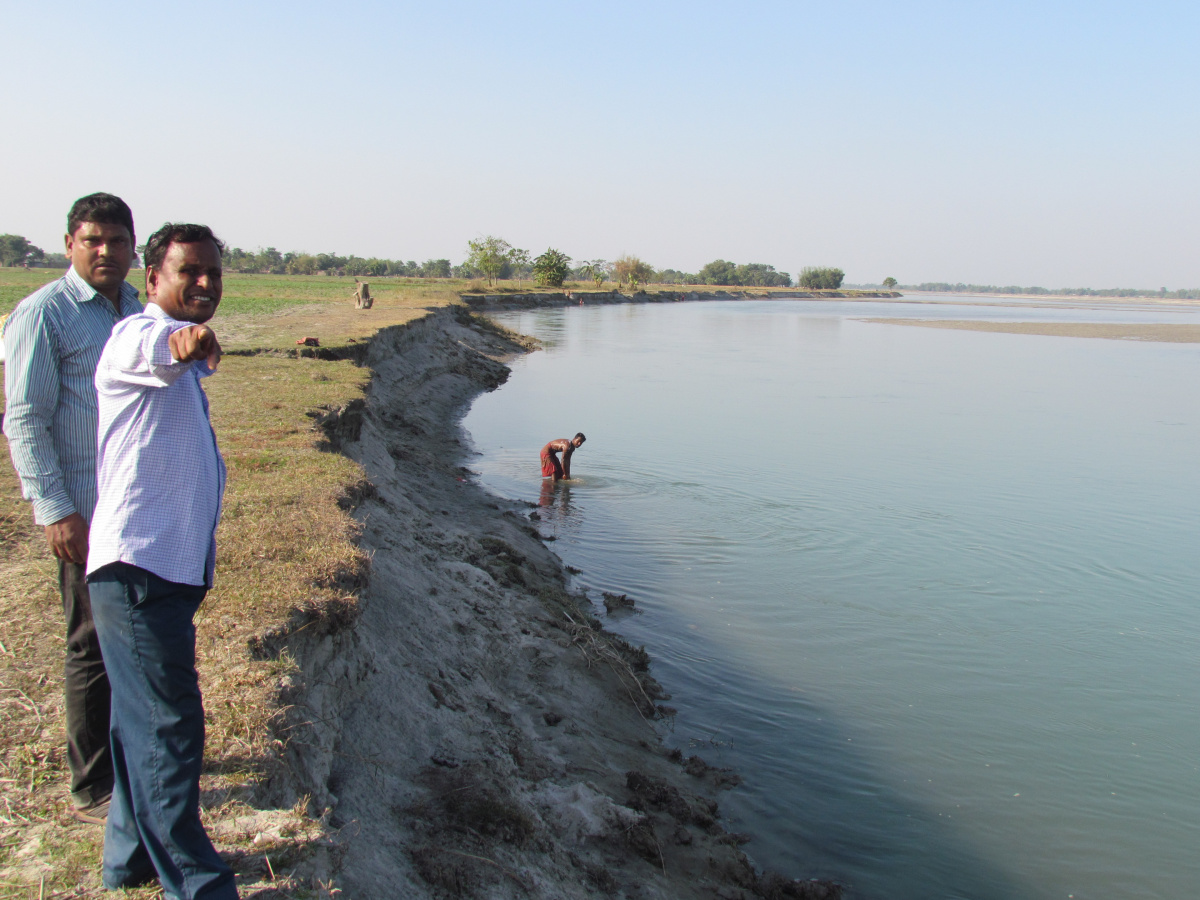Borneo elephants now classified as Endangered on the IUCN Red List
The IUCN Red List is a barometer of the world’s biodiversity. It is used by governments, conservation organisations, academics and planners to inform and catalyse action for species conservation. Currently, over 163,000 species of animals, fungi, and plants are included on the Red List, 28% of them threatened with extinction

A distinct subspecies of elephants living on the island of Borneo has been classified as Endangered in today’s update of the IUCN Red List of Threatened Species™.
"A fundamental role of the IUCN Red List is to inform extinction risk at the national level, or at the level of a subpopulation of a species whose status might not be the same as the global population or other subpopulations. Geographic variations in extinction risk are central to assessing Green Status, a recently adopted protocol for refining key conservation interventions across a species’ range,” said Professor Jon Paul Rodríguez, Chair of the IUCN Species Survival Commission. “As countries gear up to meet their commitments under the Kunming-Montreal Global Biodiversity Framework, detailed local assessments, such as the Borneo population of Asian elephants, contribute valuable case studies to learn from and replicate.”

A female Bornean elephant with young ones spotted in a tree plantation
The Asian elephant is one of three elephant species alive today – the other two are the African savanna and forest elephants. With an estimated 40,000 animals surviving in the wild, spread across 13 countries of southern Asia, the Asian elephant (Elephas maximus) has been classified as Endangered by the IUCN since 1986.
Elephants play a crucial role as keystone species in Borneo, where they coexist with numerous other endangered species unique to the region.
1,000
individuals is approximately the total population of Bornean elephants, with about 400 being breeding adults.
~60%
of the Bornean elephants' forest habitat has been lost in the last 40 years, primarily due to logging and the planting of commercial oil palm.
Geographic range
The Bornean elephants are mainly found in the Malaysian state of Sabah, with a small population in the Indonesian state of Kalimantan.
An international team of scientists and conservationists has identified the Borneo population of Asian elephants as a distinct subspecies requiring special protection.
The animals are genetically distinct from all other elephant populations, having separated from them tens to several hundreds of thousands of years ago. The elephants are distinguished by their small size, with males growing to some 2.5 m in height compared to 3 m on the mainland. The team also showed that their skulls differ in shape, giving them a wider face than other Asian elephants.
Vivek Menon, Chair IUCN SSC Asian Elephant Specialist Group (AsESG) said "I am pleased that key members of the AsESG have catalysed the listing of the Bornean elephant on the IUCN Red List for the very first time. This range-restricted taxon has never been listed before and this assessment of its threat should spur its conservation by Malaysia and Indonesia and direct conservation focus to it in terms of resources and science.”
“Conserving biodiversity means conserving natural variation at all levels – not only different species but also unique populations within species. The distinctiveness of the Borneo elephant in both appearance and genetics warrants its recognition as a separate subspecies, Elephas maximus borneensis. In conservation terms, it is an Evolutionary Significant Unit, whose loss would diminish both local and global biodiversity,” said Professor Adrian Lister of London’s Natural History Museum, who took part in the study.
Dr. Cheryl Cheah of WWF-Malaysia, another member of the assessment team, indicated, "As a distinct subspecies, these elephants are unique to the island of Borneo and part of our natural heritage. Their classification as Endangered underscores the urgency of collaborative conservation actions such as the management of human-elephant conflict and coexistence, and the prevention of further habitat loss and fragmentation – both of which are crucial for safeguarding their future survival."
The Red List Assessment was undertaken by the Asian Elephant Specialist Group of the IUCN Species Survival Commission (AsESG), chaired by Prof. Adrian Lister, Natural History Museum, UK. Other participants were:
- Mr. Vivek Menon, Chair, IUCN SSC AsESG, India.
- Dr. Marc Ancrenaz, Hutan, Malaysia.
- Dr. Cheryl Cheah, World Wildlife Fund, Malaysia.
- Dr. Prithiviraj Fernando, Centre for Conservation and Research, Sri Lanka.
- Prof. Benoit Goossens, Sabah Wildlife Dept, Malaysia, and Cardiff University, UK.
- Prof. Adrian Lister, Natural History Museum, UK.
- Dr. Elizabeth McLean, Independent Researcher, UK.
- Dr. Nurzhafarina Othman, Project Seratu Aatai, Malaysia.
- Dr. Wishnu Sukmantoro, Forest and Wildlife Society, Indonesia.
- Dr. T.N.C. Vidya, Jawaharlal Nehru Centre for Advanced Scientific Research, India.
An urgent need is the establishment of wildlife corridors through the vast oil palm plantations, joining the forested patches and allowing the elephants to roam more widely, access more food, and mingle to preserve their genetic diversity.
Both the Malaysian and Indonesian governments have action plans for the conservation of Borneo’s elephants, but they face many challenges. The IUCN Red List now provides international recognition of Borneo’s elephants as a unique and Endangered subspecies, providing a strong impetus for their conservation. To secure the future of these unique animals, it is essential to protect and expand their forest habitats, support local communities in minimising conflict with elephants, and enforce anti-poaching measures.



